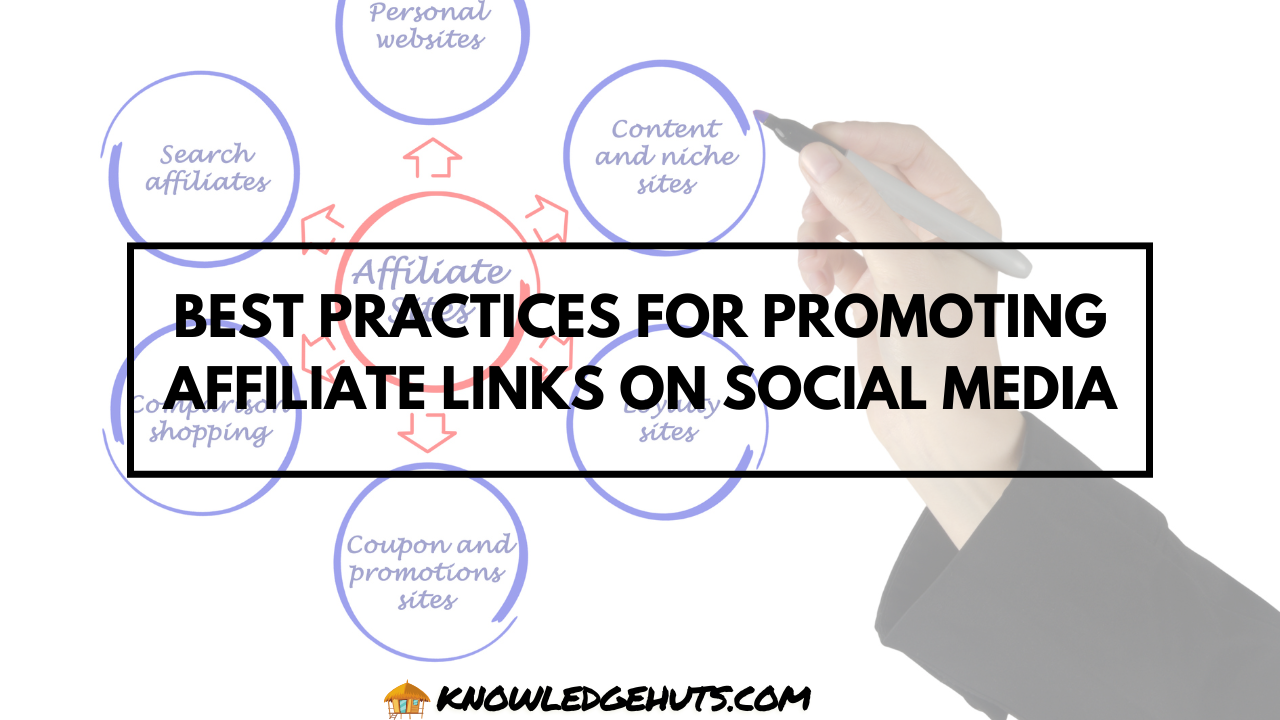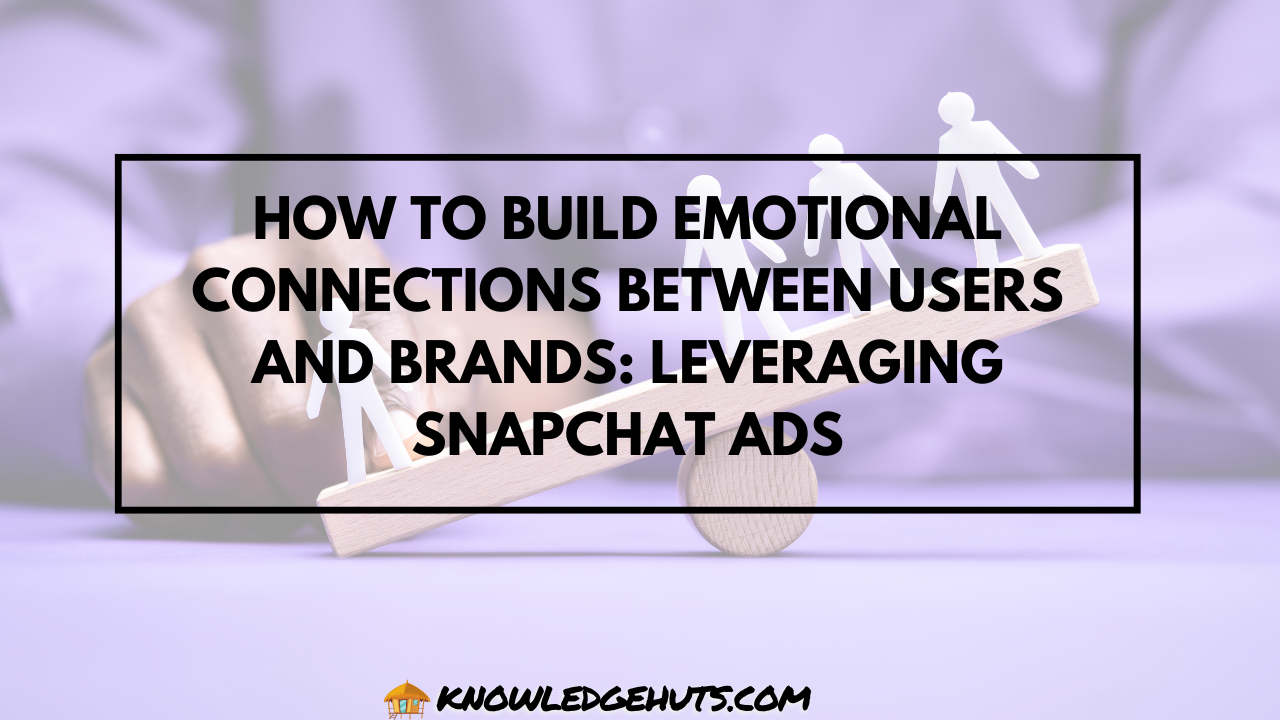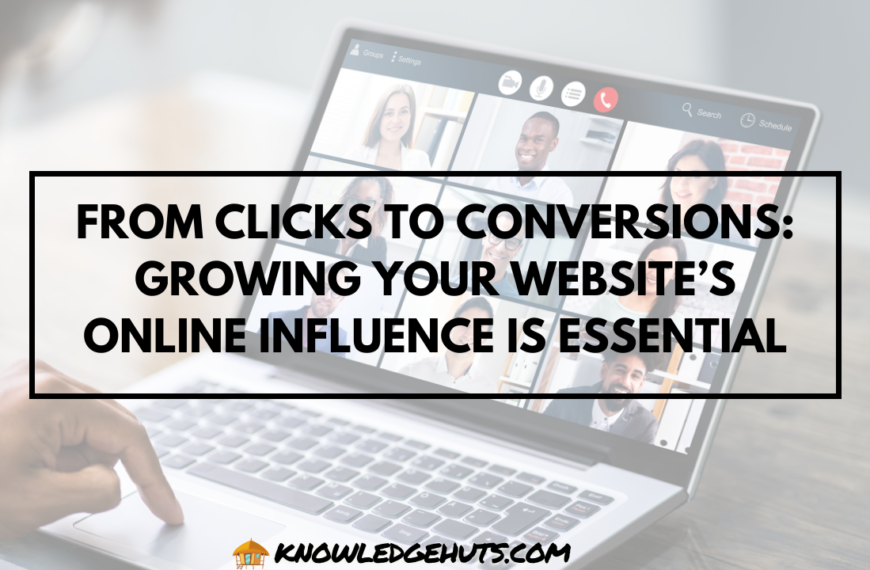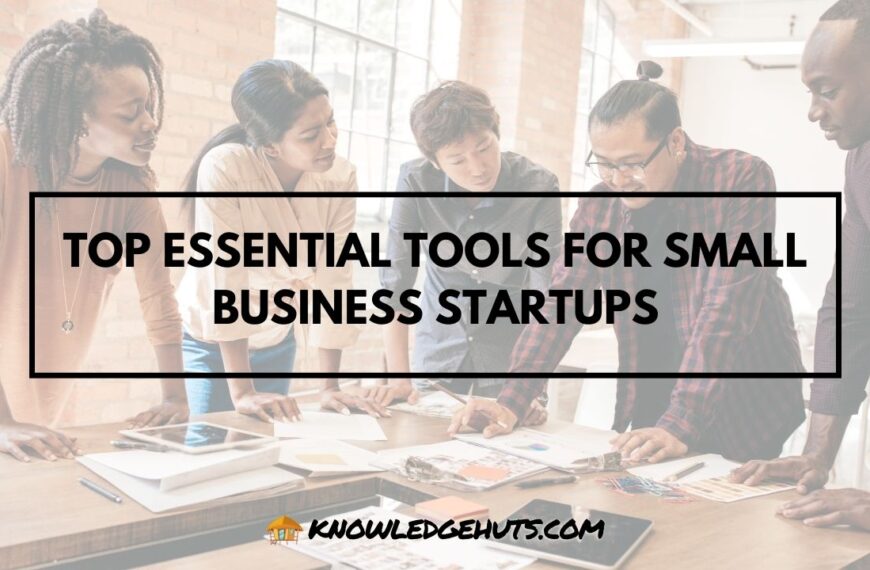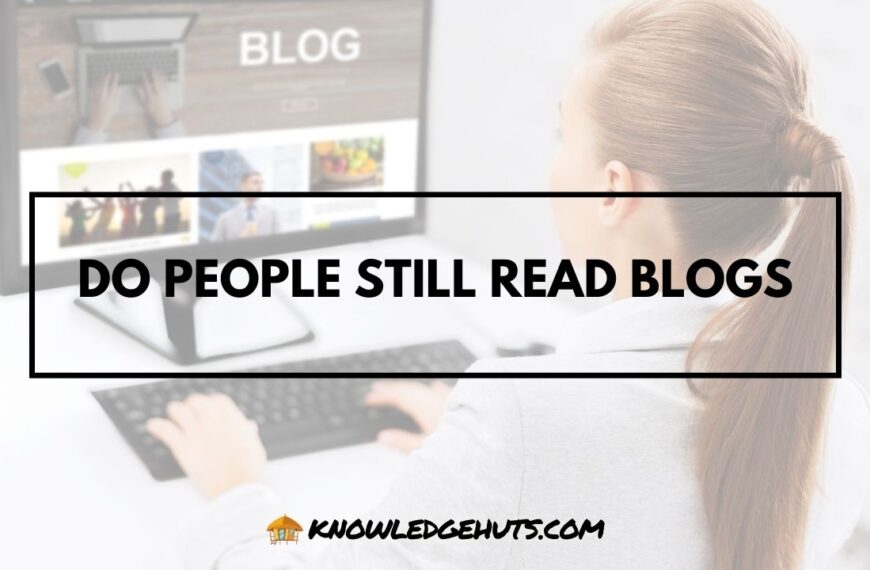Promoting affiliate links on social media is an effective way to monetize your online presence. Whether you’re a seasoned affiliate marketer or just starting out, using social media to share affiliate links can boost your earnings and expand your audience reach.
However, to be successful, it’s important to follow best practices that ensure your promotions are both effective and compliant with platform policies. In this comprehensive guide, we’ll explore the best practices for promoting affiliate links on social media, covering strategies, tools, and tips for maximizing your affiliate marketing success.
Understanding Affiliate Marketing on Social Media
Affiliate marketing involves promoting products or services from another company and earning a commission for each sale made through your unique affiliate link. Social media platforms like Instagram, Facebook, Twitter, and Pinterest offer vast audiences and a variety of ways to share affiliate links. However, each platform has its own guidelines and best practices for affiliate marketing, making it crucial to understand how to navigate them effectively.
Why Social Media is Ideal for Affiliate Marketing
Social media is an ideal channel for affiliate marketing for several reasons:
- Wide Reach: Social media platforms have billions of active users, giving you access to a vast audience.
- Engagement: Social media allows for direct interaction with your audience, helping to build trust and encourage conversions.
- Diverse Content Formats: From images and videos to stories and live streams, social media supports various content formats, making it easy to share affiliate links creatively.
- Targeted Advertising: Platforms like Facebook and Instagram offer targeted advertising options that can help you reach specific demographics and increase the effectiveness of your promotions.
Choosing the Right Social Media Platforms
Not all social media platforms are created equal when it comes to promoting affiliate links. The platform you choose should align with your target audience and content style. Here’s a look at some of the top platforms for affiliate marketing:
1. Instagram
Instagram is a visual platform that’s ideal for promoting lifestyle products, fashion, beauty, and travel-related affiliate links. The platform’s Stories, Reels, and IGTV features allow you to create engaging content that can drive traffic to your affiliate links.
- Best Practices: Use high-quality images and videos, leverage Instagram Stories with swipe-up links (if you have 10,000+ followers), and engage with your audience through comments and direct messages.
2. Facebook
Facebook is a versatile platform that supports a wide range of content types, including posts, videos, and live streams. It’s suitable for promoting a variety of products, from tech gadgets to online courses.
- Best Practices: Create a dedicated Facebook Page or Group for your niche, use Facebook Ads to target specific audiences, and share valuable content that naturally incorporates affiliate links.
3. Pinterest
Pinterest is a highly visual platform that acts as a search engine for discovering new ideas and products. It’s particularly effective for promoting products related to home decor, DIY, fashion, and recipes.
- Best Practices: Create eye-catching pins with direct affiliate links, use relevant keywords in your pin descriptions, and join group boards to expand your reach.
4. Twitter
Twitter is a fast-paced platform that’s great for sharing quick updates and links. While it may not be as visual as Instagram or Pinterest, it’s useful for promoting blog posts, tech products, and timely deals.
- Best Practices: Keep your tweets concise, use relevant hashtags to increase visibility, and engage with your followers by responding to mentions and retweets.
5. YouTube
YouTube is a video platform that’s ideal for in-depth product reviews, tutorials, and unboxings. It’s perfect for promoting tech gadgets, software, and online courses.
- Best Practices: Include affiliate links in your video descriptions, create high-quality content that provides value, and use annotations or cards to direct viewers to your links.
Here’s a comparison of the different social media platforms and their suitability for affiliate marketing:
| Platform | Best For | Content Formats | Audience Engagement |
|---|---|---|---|
| Lifestyle, fashion, beauty | Photos, videos, Stories, Reels, IGTV | High | |
| General products, online courses | Posts, videos, live streams, groups | High | |
| Home decor, DIY, fashion, recipes | Pins, boards | Medium | |
| Blog posts, tech products, deals | Tweets, images, links | Medium | |
| YouTube | Tech gadgets, tutorials, reviews | Videos, live streams | High |
Crafting High-Quality Content
The key to successful affiliate marketing on social media is creating high-quality content that resonates with your audience. The more valuable and engaging your content is, the more likely your followers are to click on your affiliate links and make a purchase.
1. Focus on Value First
Before promoting an affiliate link, consider how it will provide value to your audience. Whether you’re sharing a product review, tutorial, or recommendation, your content should educate, inspire, or entertain your followers.
Example: If you’re promoting a fitness product, create a workout routine that incorporates the product. This way, your audience sees the product in action and understands how it can benefit them.
2. Be Authentic and Transparent
Authenticity is crucial in affiliate marketing. Your audience needs to trust that you genuinely believe in the products you’re promoting. Always disclose your affiliate relationships, as transparency builds trust and complies with legal requirements.
Example: Use phrases like “This post contains affiliate links, which means I may earn a commission if you make a purchase at no extra cost to you” in your posts or video descriptions.
3. Use Visuals Effectively
Visual content is highly effective on social media. High-quality images, videos, and graphics can capture your audience’s attention and increase the chances of them clicking on your affiliate links.
Example: On Instagram, use bright and clear images that showcase the product. On Pinterest, create visually appealing pins with text overlays that highlight the product’s benefits.
4. Incorporate Calls-to-Action (CTAs)
A strong CTA encourages your audience to take action, whether it’s clicking a link, watching a video, or making a purchase. Be clear and direct in your CTAs, and tailor them to the platform you’re using.
Example: On Facebook, you might say, “Click the link to learn more about this amazing product!” On Instagram, use phrases like “Swipe up to shop!” if you’re using Stories.
Here’s a table with examples of effective CTAs for different platforms:
| Platform | Example CTA | Purpose |
|---|---|---|
| “Swipe up to shop the look!” | Drive traffic to a product page | |
| “Learn more about this product here” | Encourage clicks on the affiliate link | |
| “Pin this to your board for later!” | Increase pin saves and clicks | |
| “Check out this product, link in bio” | Direct followers to your profile link | |
| YouTube | “Find the product link in the description” | Increase clicks from video viewers |
Leveraging Platform-Specific Features
Each social media platform offers unique features that can enhance your affiliate marketing efforts. By leveraging these features, you can create more engaging content and improve your conversion rates.
1. Instagram Stories and Reels
Instagram Stories and Reels are short-form video formats that are perfect for quick, engaging content. If you have over 10,000 followers, you can add a swipe-up link in Stories, making it easy for users to access your affiliate links directly.
Best Practice: Use Stories to share behind-the-scenes content, product demos, or limited-time offers. Use Reels for quick tips, tutorials, or product highlights that showcase the value of your affiliate products.
2. Facebook Groups
Facebook Groups allow you to build a community around a specific interest or niche. By creating a group related to your niche, you can engage with members, share valuable content, and promote affiliate links in a more personal and targeted way.
Best Practice: Offer exclusive content, such as tips, tutorials, or discounts, to group members. Encourage discussions and interactions, and share affiliate links that are genuinely relevant to the group’s interests.
3. Pinterest Rich Pins
Rich Pins provide extra information directly on the pin, making them more engaging and informative. Product Rich Pins, for example, include real-time pricing, availability, and where to buy the product.
Best Practice: Use Rich Pins for products you’re promoting through affiliate links. Ensure your pins are visually appealing and include keywords in the description to improve discoverability.
4. YouTube Cards and End Screens
YouTube Cards and End Screens are interactive elements that can be added to your videos. They allow you to direct viewers to specific links, such as affiliate products or related content.
Best Practice: Use Cards during product reviews to direct viewers to the affiliate link. Use End Screens to encourage viewers to watch related videos or visit your website for more information.
Here’s a comparison of how platform-specific features can enhance your affiliate marketing efforts:
| Platform | Feature | Benefit |
|---|---|---|
| Stories, Reels | Drive direct traffic with swipe-up links | |
| Groups | Build a community and share targeted links | |
| Rich Pins | Provide extra information on products | |
| YouTube | Cards, End Screens | Increase link clicks and video views |
Compliance and Disclosure
When promoting affiliate links on social media, compliance with platform policies and legal requirements is crucial. Transparency is key to building trust with your audience and avoiding penalties from social media platforms or regulatory bodies. Here’s what you need to know about compliance and disclosure when sharing affiliate links.
1. Follow Platform Guidelines
Each social media platform has its own rules regarding the promotion of affiliate links. Understanding and adhering to these guidelines is essential to avoid having your content removed or your account suspended.
Example: Instagram allows affiliate links in captions, bios, and Stories, but requires clear disclosure of any paid partnerships. Facebook has similar requirements, but you should be cautious about using too many affiliate links in posts to avoid being flagged as spam.
2. Make Clear Disclosures
Disclosure is not just a best practice; it’s a legal requirement. The Federal Trade Commission (FTC) in the United States mandates that affiliate marketers disclose their relationships with brands in a clear and conspicuous manner. Similar regulations exist in other countries as well.
Best Practices for Disclosure:
- Use Clear Language: Phrases like “This post contains affiliate links” or “I may earn a commission if you make a purchase through these links” should be used.
- Place Disclosures Prominently: The disclosure should be visible at the beginning of a post, not buried in the middle or end. On platforms like Instagram, include the disclosure in the first few lines of the caption.
- Be Honest: Only promote products you genuinely believe in and have used yourself. Authenticity builds trust with your audience.
3. Use Hashtags for Disclosure
On platforms like Instagram and Twitter, using hashtags like #ad, #sponsored, or #affiliate can help you comply with disclosure requirements. However, these hashtags should not be the only form of disclosure—clear language is still necessary.
Example: Combine a clear statement with a hashtag, such as “I’m excited to share this product with you! #ad #affiliate.”
Here’s a table summarizing best practices for compliance and disclosure on different platforms:
| Platform | Disclosure Method | Best Practices |
|---|---|---|
| In-caption disclosure, hashtags | Place at the beginning of the caption | |
| In-post disclosure, tags | Use clear language in the post text | |
| Short disclosure, hashtags | Include disclosure within the tweet | |
| YouTube | In-video verbal disclosure, description | Mention at the start of the video |
| In-pin description, hashtags | Include disclosure in the first sentence |
Measuring the Success of Your Affiliate Marketing Efforts
To improve your affiliate marketing strategy over time, it’s important to track and measure the success of your efforts. By analyzing key metrics, you can determine which tactics are working and where adjustments are needed.
1. Click-Through Rate (CTR)
CTR measures the percentage of people who clicked on your affiliate link after seeing your post. A higher CTR indicates that your content and call-to-action are compelling and relevant to your audience.
How to Improve CTR:
- Use eye-catching visuals and clear, enticing CTAs.
- Test different content formats (e.g., videos, images, stories) to see what resonates best with your audience.
2. Conversion Rate
Conversion rate refers to the percentage of people who clicked on your affiliate link and completed a desired action, such as making a purchase. This metric is critical for assessing the effectiveness of your affiliate promotions.
How to Improve Conversion Rate:
- Ensure that the products you promote align with your audience’s interests.
- Provide detailed and honest reviews that address potential buyers’ concerns.
3. Revenue Generated
Revenue generated is the total income earned from your affiliate links. Tracking this metric helps you understand the financial impact of your affiliate marketing efforts.
How to Increase Revenue:
- Focus on promoting high-ticket items or products with recurring commissions.
- Create content that highlights the unique selling points of the products you promote.
4. Engagement Metrics
Engagement metrics, such as likes, comments, shares, and saves, indicate how well your content resonates with your audience. High engagement often leads to better visibility and more clicks on your affiliate links.
How to Boost Engagement:
- Encourage interaction by asking questions or prompting discussions in your posts.
- Respond to comments and messages to build a strong connection with your audience.
Here’s a table that compares different key metrics for evaluating affiliate marketing success:
| Metric | Description | Importance |
|---|---|---|
| Click-Through Rate (CTR) | Percentage of viewers who clicked on the link | Measures content effectiveness |
| Conversion Rate | Percentage of clicks that resulted in a sale | Indicates how well you’re driving sales |
| Revenue Generated | Total income from affiliate links | Tracks financial performance |
| Engagement Metrics | Likes, comments, shares, saves | Gauges audience interest and interaction |
Common Mistakes to Avoid in Affiliate Marketing on Social Media
While promoting affiliate links on social media can be highly profitable, there are common mistakes that can hinder your success. By being aware of these pitfalls, you can avoid them and optimize your strategy.
1. Overloading Your Audience with Links
Sharing too many affiliate links can overwhelm your audience and make your content seem overly sales-focused. Balance affiliate promotions with valuable, non-promotional content to maintain trust and engagement.
Solution: Follow the 80/20 rule—80% of your content should provide value, while 20% can be promotional.
2. Ignoring Analytics
Failing to monitor and analyze your performance can lead to missed opportunities for improvement. Regularly check your analytics to see what’s working and adjust your strategy accordingly.
Solution: Use analytics tools to track clicks, conversions, and engagement, and use this data to refine your approach.
3. Promoting Irrelevant Products
Promoting products that don’t align with your audience’s interests can damage your credibility and lead to lower engagement and conversions. Always choose products that are relevant and valuable to your followers.
Solution: Understand your audience’s needs and preferences before selecting products to promote.
4. Lack of Transparency
Failing to disclose your affiliate relationships can erode trust and lead to compliance issues. Transparency is key to maintaining a loyal and engaged audience.
Solution: Always be upfront about your affiliate relationships and use clear language to disclose them.
Here’s a table summarizing common mistakes and how to avoid them:
| Mistake | Description | How to Avoid It |
|---|---|---|
| Overloading with Links | Sharing too many affiliate links | Balance with non-promotional content |
| Ignoring Analytics | Not tracking performance metrics | Regularly review and analyze data |
| Promoting Irrelevant Products | Choosing products that don’t match audience interests | Select products aligned with your niche |
| Lack of Transparency | Failing to disclose affiliate relationships | Clearly disclose all affiliate links |
Conclusion
Promoting affiliate links on social media is a powerful way to monetize your content and grow your income. By following best practices—such as choosing the right platforms, creating high-quality content, leveraging platform-specific features, ensuring compliance and disclosure, and measuring your success—you can maximize the effectiveness of your affiliate marketing efforts.
Remember, successful affiliate marketing is about more than just sharing links; it’s about building trust with your audience, providing value, and creating content that resonates. By focusing on these principles and continuously refining your strategy, you can achieve long-term success in affiliate marketing on social media.
Whether you’re a blogger, influencer, or content creator, implementing these best practices will help you boost your social media reach, increase your affiliate earnings, and build a loyal and engaged community around your brand.
